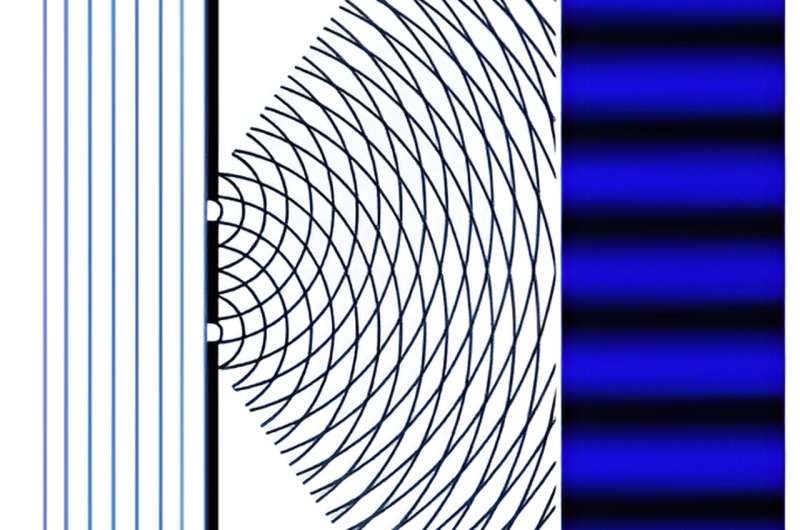Researchers have discovered a way to ‘split’ electrons, a crucial step towards the realization of topological quantum computers – the most powerful computing machines in the world. This revolutionary finding could unlock the full potential of quantum computation.

Unraveling the Quantum Enigma
Quantum mechanics is a strange and unconventional place where the classical metaphors of physics no longer seem applicable. Now, researchers have found a way to tap this bizarre quantum characteristic for a new kind of qubit — the basic unit of quantum computers.
Traditional computers operate with bits — either a 0 or a 1. Unlike classical computers which use bits, quantum computers make use of qubits, which are capable of being in a superposition state with respect to both 0 and 1 at the same time. That was a huge deal, because it enables quantum computers to perform certain calculations orders of magnitude faster (on the order of exponential improvement) than classical ones.
The problem is that the primary hurdle in achieving a useful quantum computer has been qubit fragility. Conventional qubits are extremely sensitive to external noise, which makes quantum systems hard to scale and stabilize. This could just be the game changer that ends up in getting ‘split-electrons’ discovered.
Pursued in Majorana Spinors
Published in the prestigious Physical Review Letters, the new research explains how quantum interference within nano-scale electronic circuits may potentially result in ‘Majorana fermions’ – a particle which it is thought could behave as if it were half of an electron.
These Majorana fermions could be used as the basis for so-called topological qubits which are more stable and less prone to errors than ordinary qubits. Topological quantum computers, if they can be built, would be the ultimate in processing power and could solve problems that are currently impossible for even the most powerful classical supercomputers.
Researchers from University College Dublin (UCD) and at the Indian Institute of Technology in Dhanbad have discovered this. The researchers discovered that it is theoretically possible to manufacture the so-called Majorana particles in nanoelectronic circuits through exactly this kind of comprehensive management of quantum interference.
Conclusion
This remarkable progress in uncovering ‘split-electrons’ and Majorana fermions brings topological quantum computers – the ultimate prize in computing – a little closer to being realized. By reliably creating and controlling these particles, quantum computation could be unleashed for breakthroughs in everything from cryptography to materials science. We are still a very long way from practical topological quantum computing, but this new progress brings closer to the horizon a day when we make computers in ways previously unimaginable.
